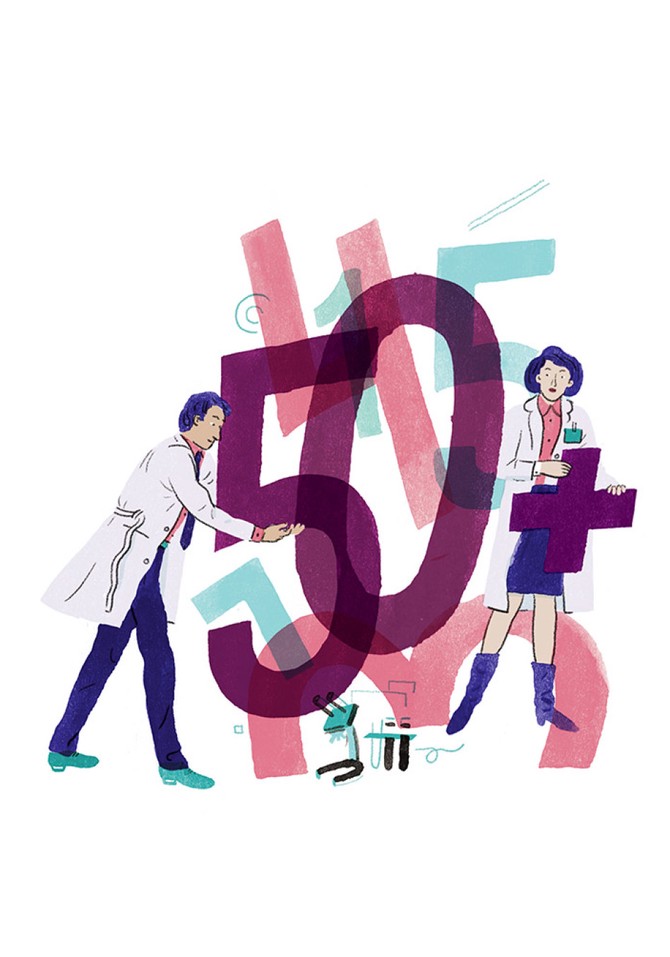4 New Health Numbers You Need to Aim For
Health recommendations can feel like moving targets. Here's what to aim for.
By Dr. Mehmet Oz
Pop Quiz: Do you know how low your blood pressure should be? Or when to start getting mammograms? And how much exercise do you really need? There's a benchmark for everything, but as better research gives us a clearer understanding of how to prevent and detect disease, the standards can change. These four new goals can help you stay your healthiest.
50
That's the age at which you should begin getting mammograms if you're not at increased risk for breast cancer, and you can have the test every other year, according to updated guidelines set by the U.S. Preventive Services Task Force (USPSTF), an independent expert panel appointed by the Agency for Healthcare Research and Quality. If you're in your 40s—which is when a previous recommendation said you should start screening and when most insurance plans begin covering mammograms—you'll need to consider whether the benefits outweigh the risk of unnecessary treatment. It may be worth it to begin screening earlier if you have a family history of breast cancer, carry a genetic mutation (like BRCA1 or BRCA2), or underwent radiation therapy to the chest before age 30. All three situations increase your odds, so consult your doctor about more frequent or earlier screening.
From the April 2016 issue of O, The Oprah Magazine


